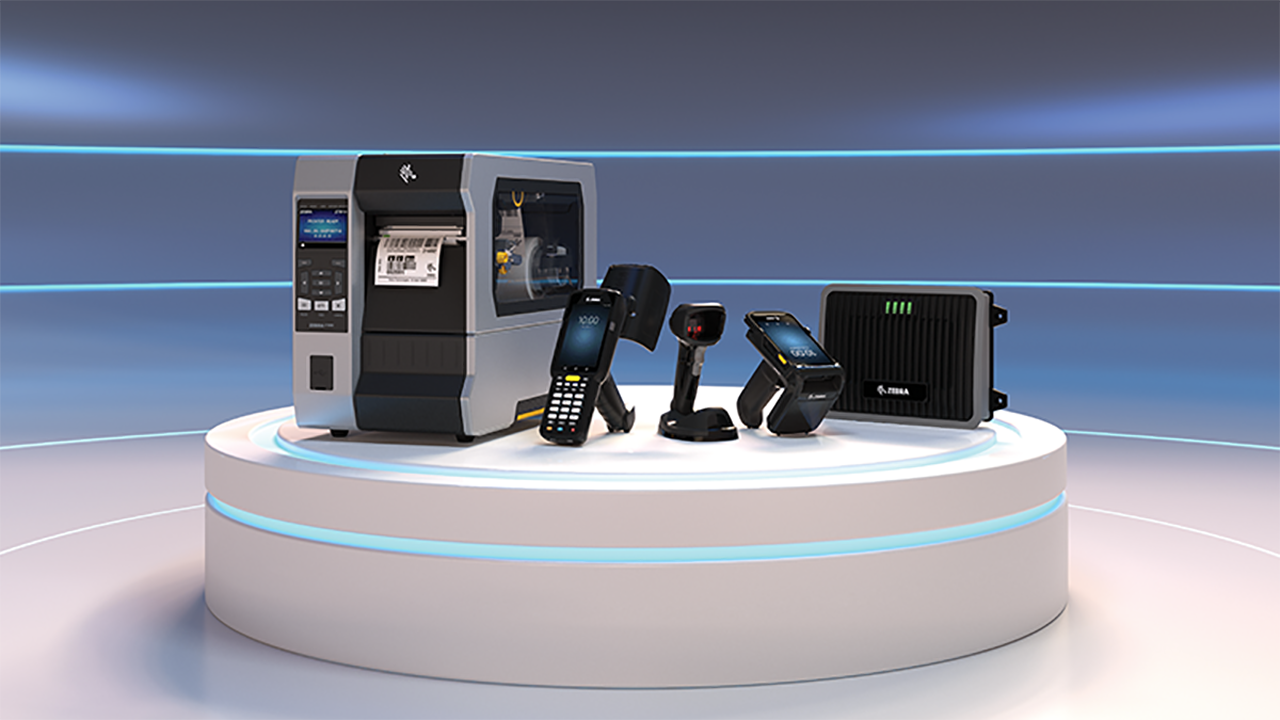
The Rise of “Edge-to-Edge” RFID Applications
Despite being around for decades, RFID technologies have gained fervor in recent years as instant asset location becomes the priority for companies and consumers alike. It’s another outcome of the “on-demand” economy. People want to be able to quickly find their keys, wallet and pet – or kid – before panic ensues. Equally so, businesses need to be able to find a single item – whether in transit or at rest – in a matter of seconds:
- Going on a goose chase to locate misplaced items in a warehouse or yard wastes resources. As does manually chasing down the current locations of shipments and then having to follow up via phone or email with individual customers to convey status reports.
- No one can afford to lose control over valuable assets. The stakes are especially high for those who are in the business of handling someone else’s property. This is something that airlines, railroads, maritime shippers and ground transporters understand all too well. As do medical and legal couriers. You need a reliable way to maintain accountability for your assets across all touchpoints, whether those assets are medical team scrubs, rental vehicles or pallets of electronics.
- Maintaining asset visibility 24/7/365 does more than improve one’s bottom line; it can mitigate hazardous incidents, reduce liabilities and help save lives. RFID tags allow law enforcement organizations to keep tabs on weapons. They help manufacturers, warehouse operators and transporters to protect against the accidental mishandling of hazardous materials. And RFID technologies offer healthcare providers multiple ways to safeguard against incidents. Wristbands can be used to confirm patients’ locations, while special RFID labels can assist with drug inventory and administration control.
But these are just a few reasons why innovation around location-related systems and services continue to occur at an exponential rate within every industrial and consumer sector, despite RFID’s decades-long legacy.
The truth is that the on-demand economy did not exclusively impact retailers or their supply chain partners. A perfect storm of technological capability advancement (even beyond RFID) and the increasingly competitive business climate has lifted “visibility” to the top of the priority list. Manufacturers, warehouse operators, healthcare providers, retailers, public safety agencies and field service organizations equally demand insight into the current location and performance of their inventory, equipment and people – albeit for different reasons.
For example, professional sports leagues and athletes want technology that can help them track and analyze performance, improve training programs and refine strategies to capture a competitive edge. And industrial organizations are recognizing that, if they are able to monitor worker movement, they can more rapidly identify and correct potential safety issues. Understanding the pattern and speed at which workers (or forklifts) typically move throughout a facility such as a manufacturing plant or warehouse, as well as the common bottlenecks, also empowers organizations to streamline production and logistics processes. This helps to ramp up productivity, improve turn times and better accommodate increased customer demand.
Similarly, monitoring the distribution of associates across departments and being able to quickly pinpoint merchandise locations can help retailers improve customer service and minimize sales losses due to perceived out-of-stocks that result from out-of-place items.
These are all data-centric desires that RFID technologies can help fulfill.
But visibility aspirations are not exclusive to indoor locations. Many organizations need a way to follow assets that are in motion as they travel outside their four walls. Achieving this level of edge-to-edge visibility over so many different assets dispersed across so many different locations is a tall order for handheld-centric RFID solutions alone. Integrating additional sensing capabilities could certainly ease asset monitoring and management efforts. Thus, the potential – and need – for RFID is evolving.
Moving Toward More RFID-Based Real-Time Location Solutions (RTLS)
The value of real-time location solutions (RTLS) is quickly rising, as they complement handheld RFID platforms to improve visibility within the four walls of a factory, retail store or other large-scale facility as well as assets on a runway, road or railroad track. They provide an elevated level of communication, accountability and measurability compared to some traditional track-and-trace options. To help you get a sense of RFID-based sensing technologies’ capabilities, automated RTLS can be used for:
- Vehicle tracking, measurement and management via off-line processes and testing
- Tool and equipment tracking to improve utilization and help keep inventory and replacement costs down
- Material tracking so that you can more effectively capture and analyze cycle and dwell time data and gain insight into both upstream and downstream constraints
- Material management and handling efficiency to reduce downtime and ensure just-in-time delivery
- Yard management (my colleague Darren Russell recently discussed the potential applications)
- Sports performance analysis, training improvement and strategy development (the NFL's use of RFID is very interesting)
In short, RTLS is gaining popularity because it enables you to maintain complete visibility over every inch of your operation, which increases agility in business decisions and actions, such as how to improve workforce productivity and operational efficiency. Adding to the appeal is the fact that RTLS solutions which can identify and analyze the coordinates of passive RFID tags in a facility can also reduce the number of total RFID readers needed to pinpoint the location of tagged assets. This could potentially cut RFID hardware costs in half.
To be clear: that does not mean that handheld RFID devices will be retired any time soon or that innovation in this area will slow. Rather, we will likely see more hybrid RFID solutions or combined RFID architectures deployed in the near future.
For example, there is increased demand for dual RFID readers and barcode scanners right now from retailers who are under pressure to improve the in-store experience for shoppers. Handheld RFID mobile computers that double as an inventory management tool and barcode-based mobile point-of-sale (POS) device are especially gaining traction. It’s rare to see associates assigned to just one task in the course of their shift. They may spend the majority of their time completing new inventory intake or RFID tagging, but could also be called to assist with returns management or customer checkout when lines get long. Their efficiency level increases – as does retailers’ return on investment – when these workers can use the same device to commission RFID tags for returns and new inventory; facilitate checkout scans; verify age via ID card scans; and complete mobile payments, coupon and loyalty scans.
In other words: RFID is a technology with staying power, and its potential applications and architectures are diverse.
###
We want to know! How are you utilizing RFID technology to capture your edge, or how you hope to do so in the coming months? Tell us below in the Comments section.
And, if you’re a Zebra customer or member of the Zebra developer or partner communities, we invite you to join us at the upcoming Americas APPFORUM 2019 event on October 1-2 in Las Vegas, Nevada, USA, to learn more about the RFID applications that can most benefit you or your customers.
Register before August 16, 2019, to take advantage of the $150 early bird discount.
Not able to attend APPFORUM? Visit our website to learn more about how our diverse RFID solutions portfolio and decades-long RFID experience can help you gain edge-to-edge visibility and capture your performance edge.

Chris Schaefer
Chris Schaefer leads a global market development team for Zebra Technologies’ Data Capture Solutions business, where he has spent more than 15 years engaged in marketing and business development roles related to RFID solutions.
Prior to Zebra, Mr. Schaefer held senior positions across the technology, entertainment and retail sectors, including stints at Motorola Solutions, Software A.G., and the Bertelsmann Music Group.
He holds an MBA from the University of Virginia and a bachelor of arts (BA) from Georgetown University. He is an elected board member of the RAIN RFID Industry Alliance and has represented Zebra and the RAIN RFID industry at numerous events and in media articles.




